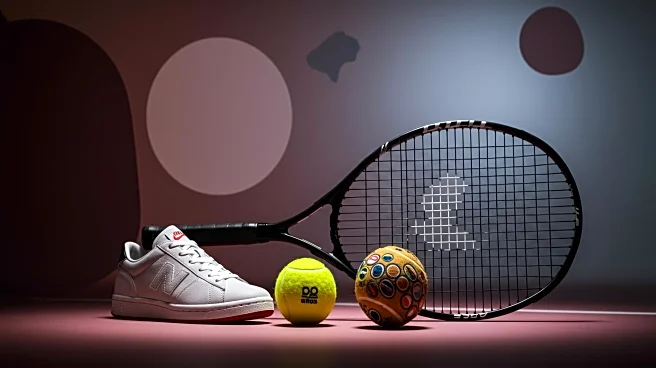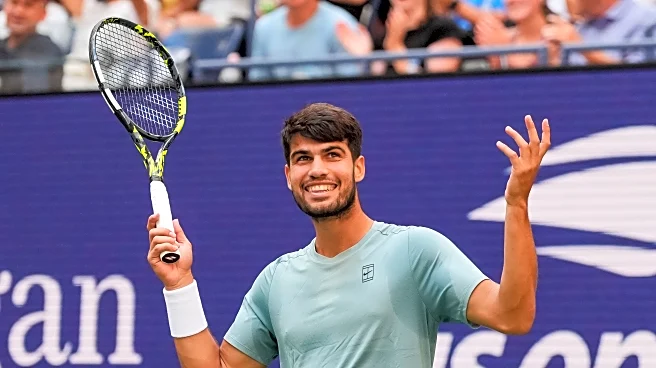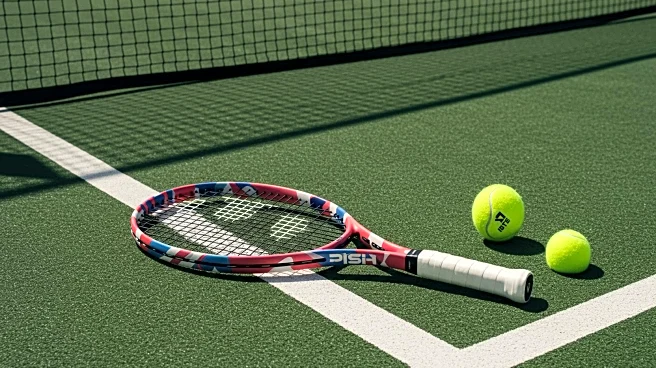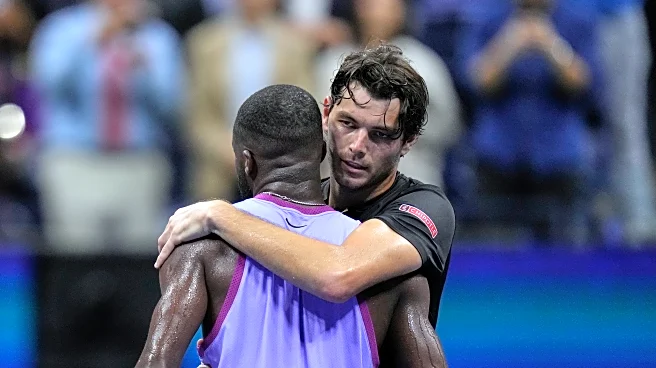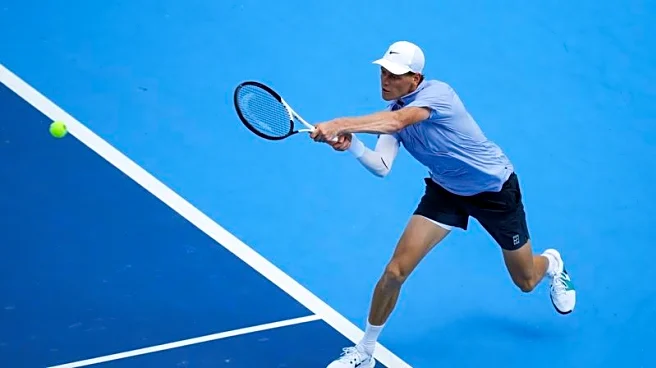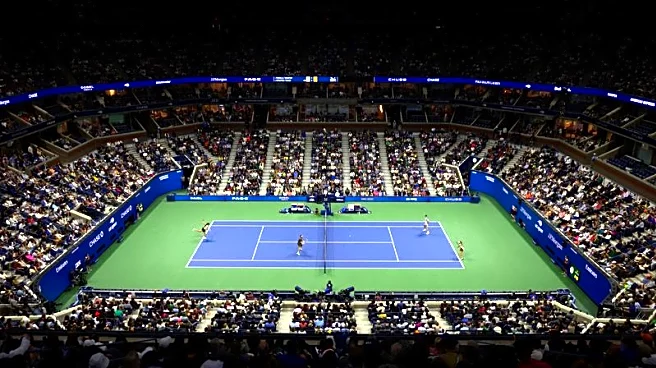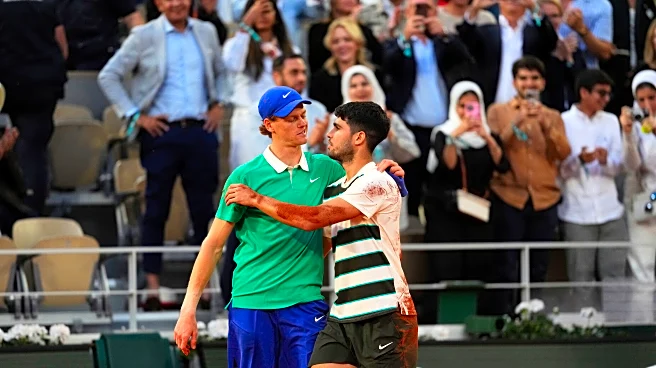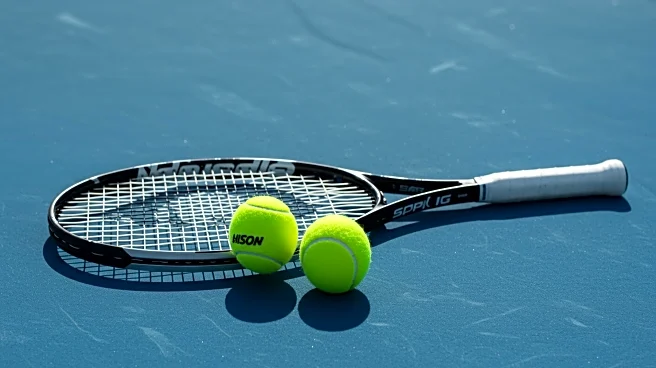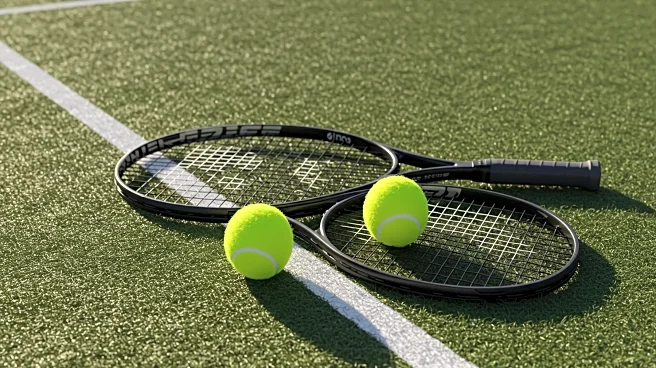What's Happening?
The US Open, running from August 24 to September 7, has become a significant platform for fashion brands, marking a critical mass in the intersection of sports and fashion. This year, the event has seen a notable increase in fashion-related activities, reminiscent of the fashion industry's previous engagements with Formula 1 and the WNBA. Venus Williams, returning to professional tennis at 45, wore a custom tennis kit from Khaite, a brand not typically associated with sports. Meanwhile, Coco Gauff, a rising star who won the US Open in 2023, has been featured on Vogue and released a collection with New Balance. On the men's side, players like Carlos Alcaraz and Jannik Sinner are gaining attention not only for their performance but also for their fashion endorsements, such as Sinner's deal with Gucci. Brands are eager to sign new tennis stars, with Vuori recently announcing Jack Draper as its first tennis ambassador. Additionally, jewelry and beauty brands are increasing their presence, with Iga Świątek and Coco Gauff representing Lancôme and Carol's Daughter, respectively.
Why It's Important?
The growing presence of fashion at the US Open underscores the evolving marketing strategies of brands seeking to capitalize on the visibility and prestige of major sporting events. This trend highlights the increasing importance of sports as a platform for fashion marketing, offering brands a unique opportunity to reach diverse audiences. The involvement of high-profile athletes in fashion campaigns can enhance brand visibility and appeal, particularly among younger consumers who follow these athletes. This convergence of sports and fashion also reflects broader shifts in consumer behavior, where lifestyle and identity are increasingly intertwined with brand affiliations. As brands continue to explore these synergies, the US Open serves as a case study in the potential for cross-industry collaborations to drive brand growth and consumer engagement.
What's Next?
As the US Open progresses, more brands are likely to announce partnerships and collaborations with tennis players, further blurring the lines between sports and fashion. The success of these initiatives could encourage other sporting events to adopt similar strategies, potentially leading to a broader trend of fashion integration in sports. Stakeholders in both industries will be watching closely to assess the impact of these collaborations on brand equity and consumer loyalty. Additionally, the response from consumers and media will provide valuable insights into the effectiveness of these marketing efforts, shaping future strategies for both fashion and sports brands.


